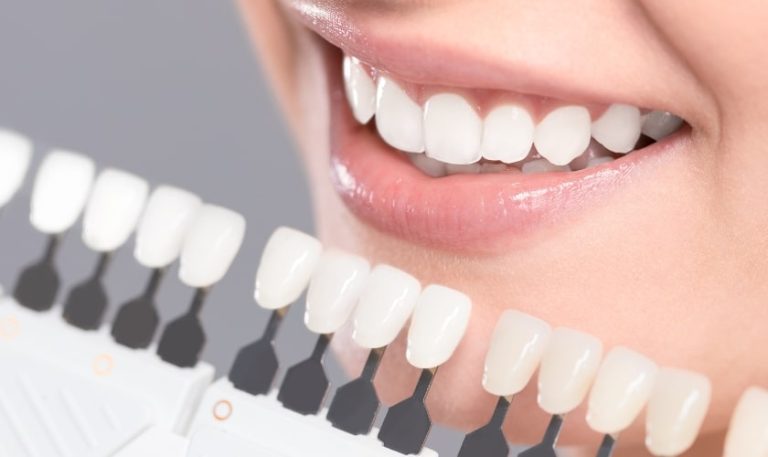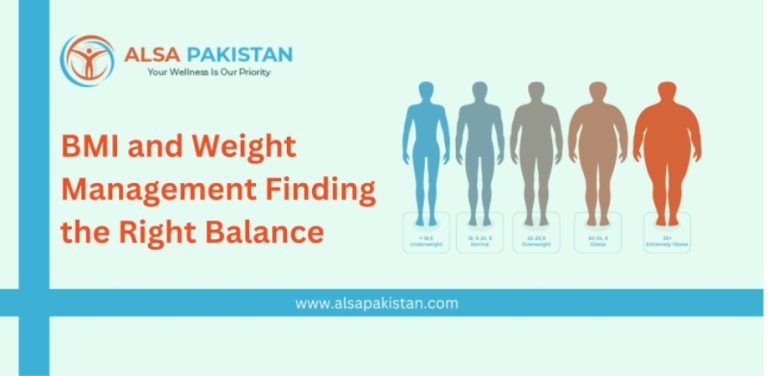The Journey to Comfort: A Guide to Treatment Options for Vaginal Atrophy
Vaginal atrophy, also known as atrophic vaginitis, is a common condition that many women experience, particularly during and after menopause. It occurs when the vaginal walls become thin, dry, and inflamed due to a decrease in estrogen levels. While it is a natural part of the aging process, vaginal atrophy can cause significant discomfort and impact a woman’s quality of life. Fortunately, there are various treatment options available to alleviate symptoms and restore vaginal health. In this guide, we will explore the journey to finding comfort through different treatment approaches for vaginal atrophy.
Understanding Vaginal Atrophy
Before delving into treatment options, it’s crucial to understand the underlying causes and symptoms of vaginal atrophy. As women age, especially during menopause, estrogen levels decline, leading to changes in the vaginal tissue. The lack of estrogen affects the vaginal walls, causing them to become thinner, drier, and less elastic. This can result in symptoms such as vaginal dryness, itching, burning, pain during intercourse, and increased susceptibility to urinary tract infections.
Treatment Options
Hormone Therapy:
Hormone therapy, also known as estrogen therapy, is one of the most effective treatments for vaginal atrophy. It involves using estrogen in the form of pills, creams, rings, or patches to replenish the hormone levels in the body. Estrogen therapy helps to restore the vaginal tissue, improving lubrication and elasticity. It can also alleviate other symptoms associated with menopause, such as hot flashes and night sweats. However, hormone therapy may not be suitable for all women, particularly those with a history of breast cancer or cardiovascular disease.
Vaginal Moisturizers:
Vaginal moisturizers are non-hormonal products designed to hydrate and lubricate the vaginal tissue. They come in various forms, including creams, gels, and suppositories, and are typically used regularly to maintain vaginal moisture. Unlike lubricants, which are applied before sexual activity, moisturizers are intended for long-term use to alleviate dryness and discomfort associated with vaginal atrophy. Some common ingredients found in vaginal moisturizers include hyaluronic acid, glycerin, and vitamin E.
Vaginal Lubricants:
Vaginal lubricants provide temporary relief from vaginal dryness and discomfort during sexual activity. Unlike moisturizers, lubricants are applied directly to the vagina and genital area before intercourse to reduce friction and enhance comfort. They are available in water-based, silicone-based, and oil-based formulations, each offering different benefits and textures. It’s essential to choose a lubricant that is compatible with condoms and other barrier methods, as some ingredients may degrade latex.
Vaginal Estrogen:
In addition to systemic hormone therapy, vaginal estrogen treatments specifically target the vaginal tissue to alleviate symptoms of atrophy. These treatments include estrogen creams, tablets, and rings that are inserted into the vagina to deliver localized estrogen therapy. Vaginal estrogen is absorbed directly into the vaginal tissue, bypassing the bloodstream and minimizing systemic side effects. It effectively restores vaginal moisture and elasticity, making it an ideal option for women who prefer localized treatment or cannot use systemic estrogen therapy.
Laser Therapy:
Laser therapy, a novel approach for vaginal atrophy, employs laser energy to boost collagen production in vaginal tissue, as detailed on parlor-games.com. This treatment enhances vaginal lubrication, elasticity, and thickness, alleviating symptoms. Typically outpatient, it necessitates several sessions for best outcomes. While generally safe and effective, further research is crucial to ascertain its long-term benefits and potential risks.
Pelvic Floor Exercises:
Pelvic floor exercises, also known as Kegel exercises, can help strengthen the muscles surrounding the vagina and improve vaginal tone and elasticity. These exercises involve contracting and relaxing the pelvic floor muscles to enhance bladder control, support pelvic organs, and increase blood flow to the vaginal area. While pelvic floor exercises may not directly treat vaginal atrophy, they can complement other treatment options by improving overall vaginal health and function.
Conclusion
Vaginal atrophy is a common condition that can significantly impact a woman’s comfort and quality of life, especially during and after menopause. Fortunately, there are various treatment options available to alleviate symptoms and restore vaginal health. From hormone therapy and vaginal moisturizers to laser therapy and pelvic floor exercises, women have a range of choices to address their specific needs and preferences. By understanding the different treatment options and consulting with healthcare providers, women can embark on a journey to finding comfort and reclaiming their vaginal health.






